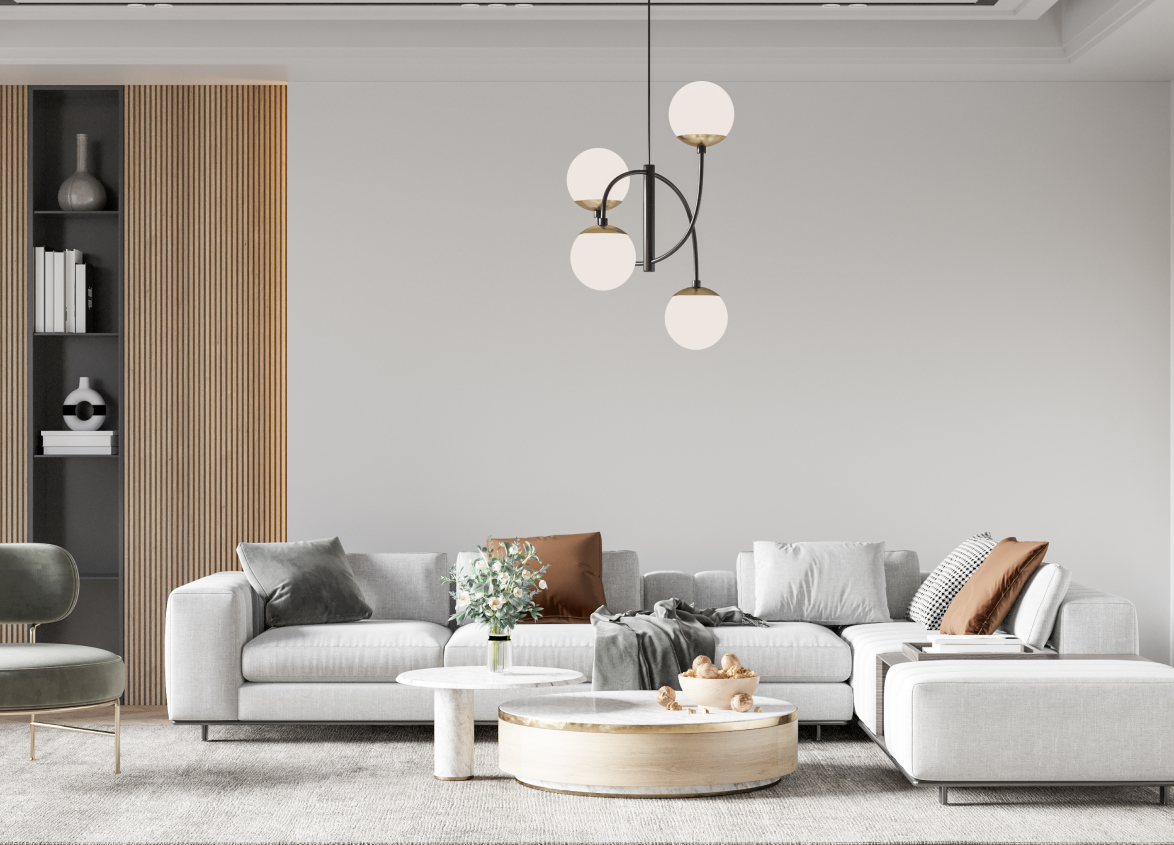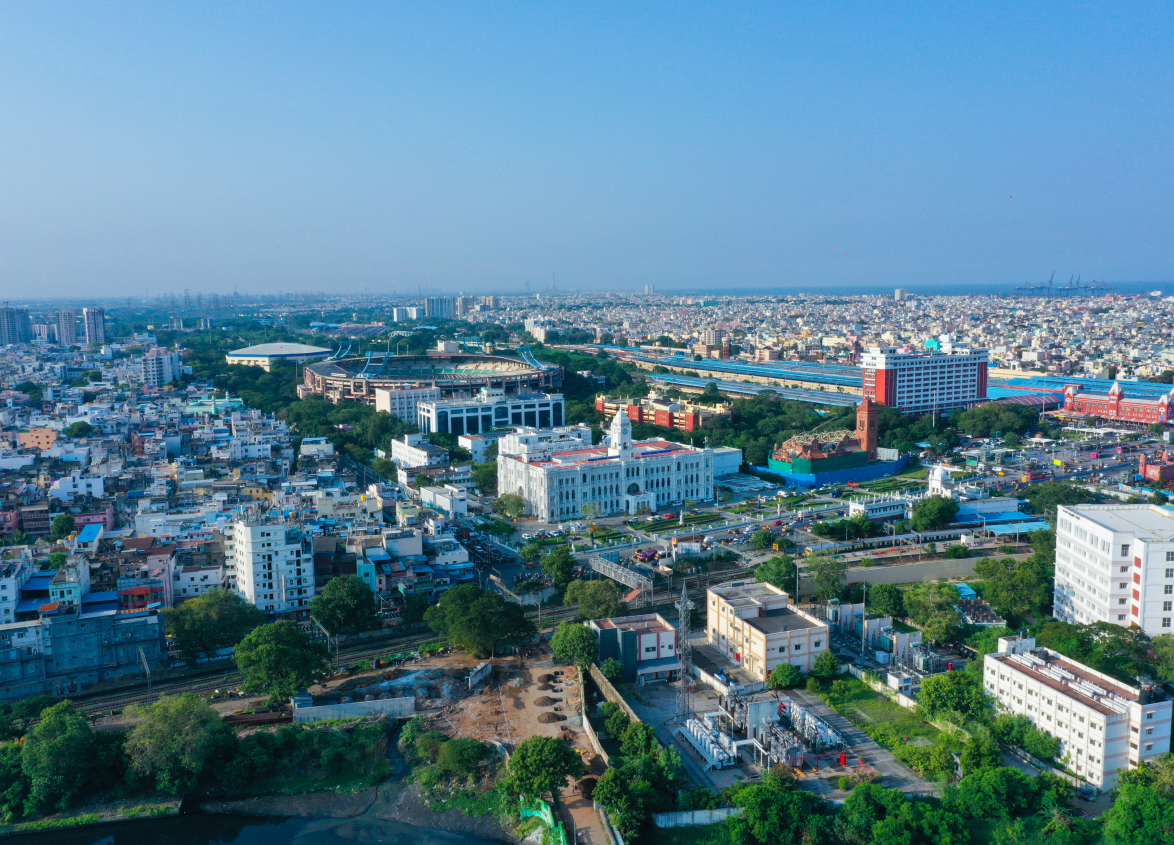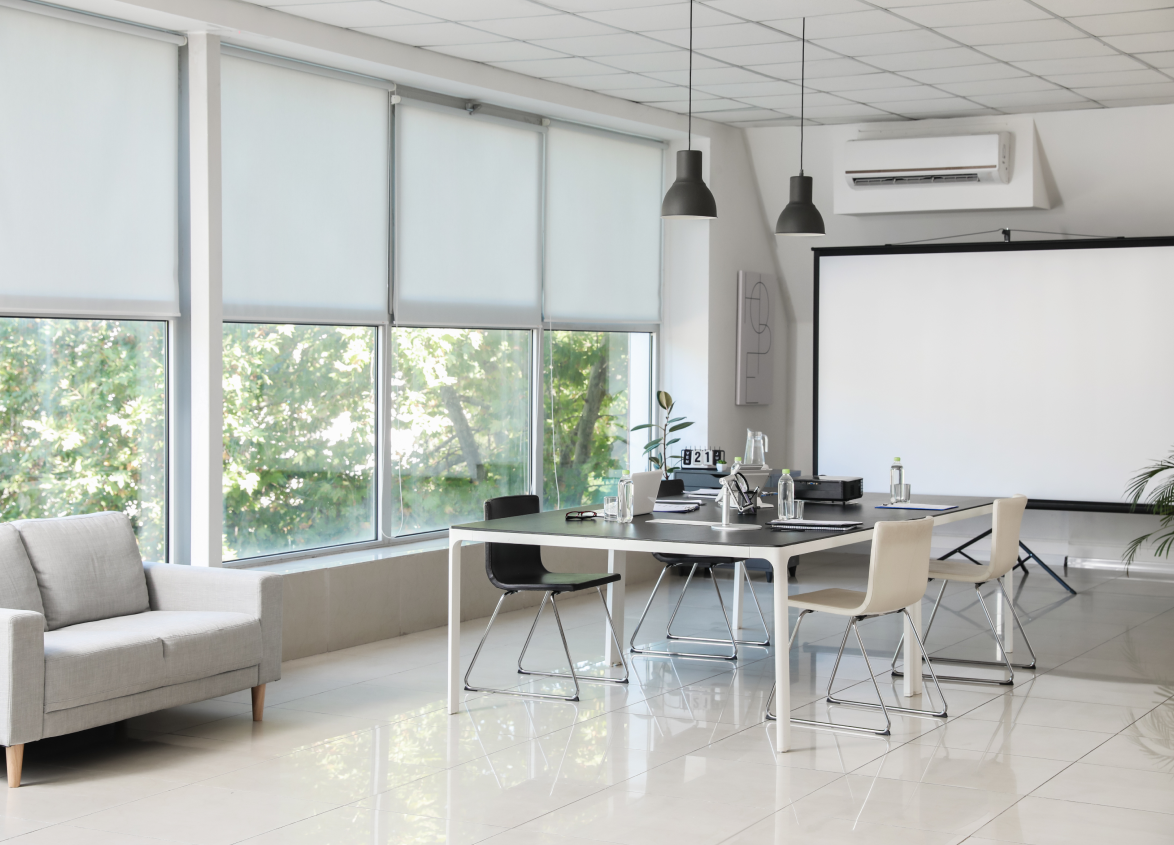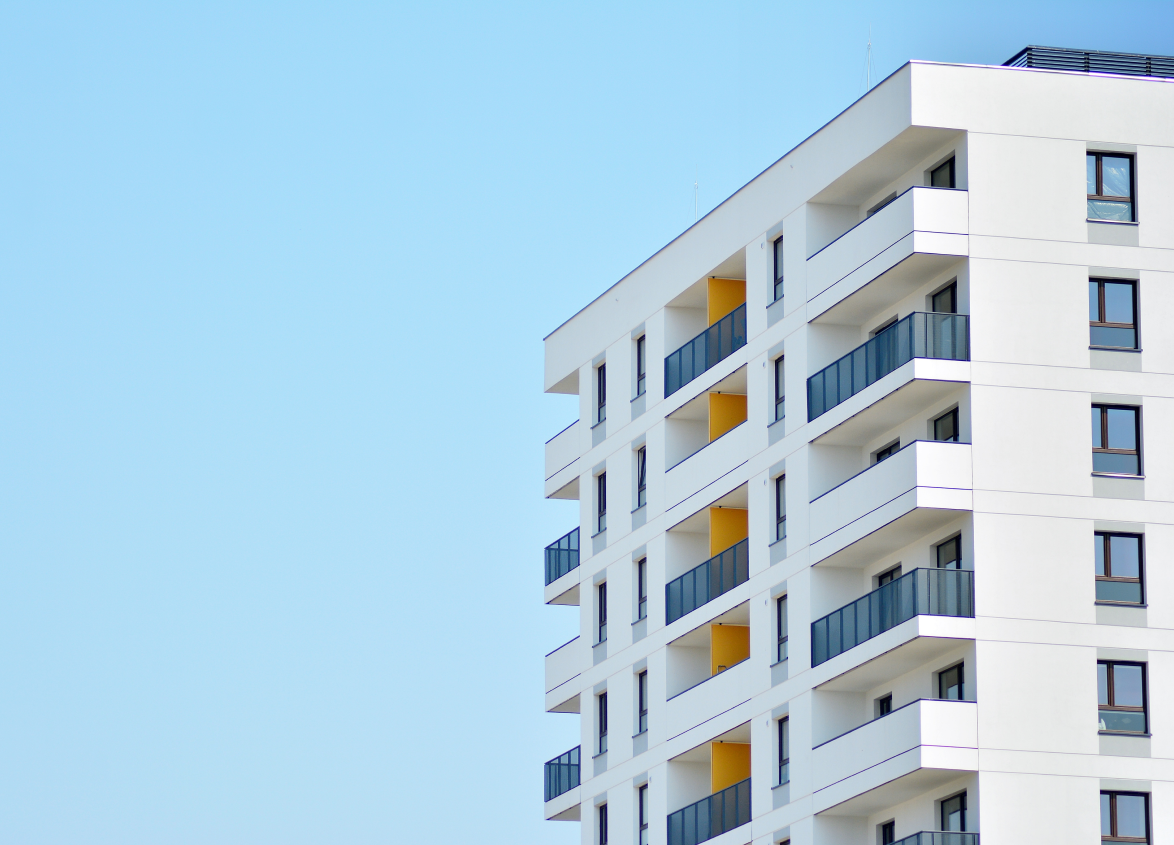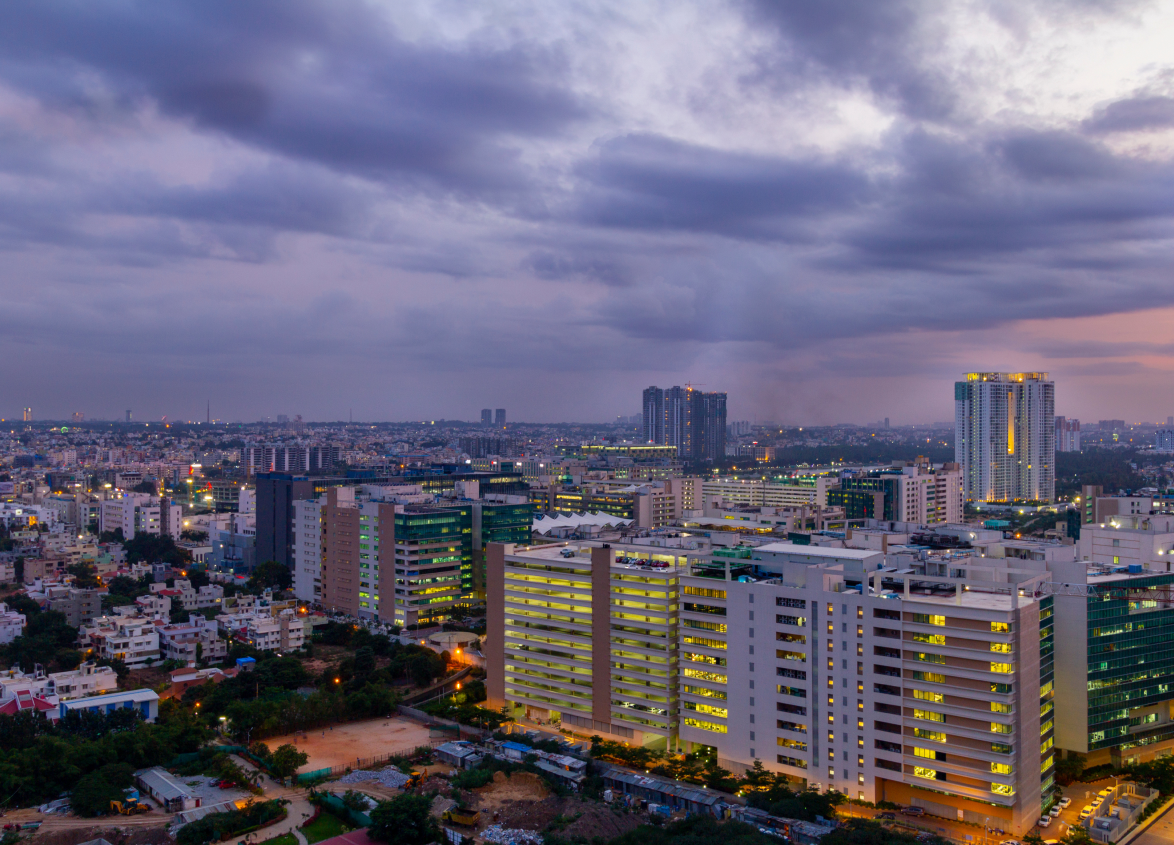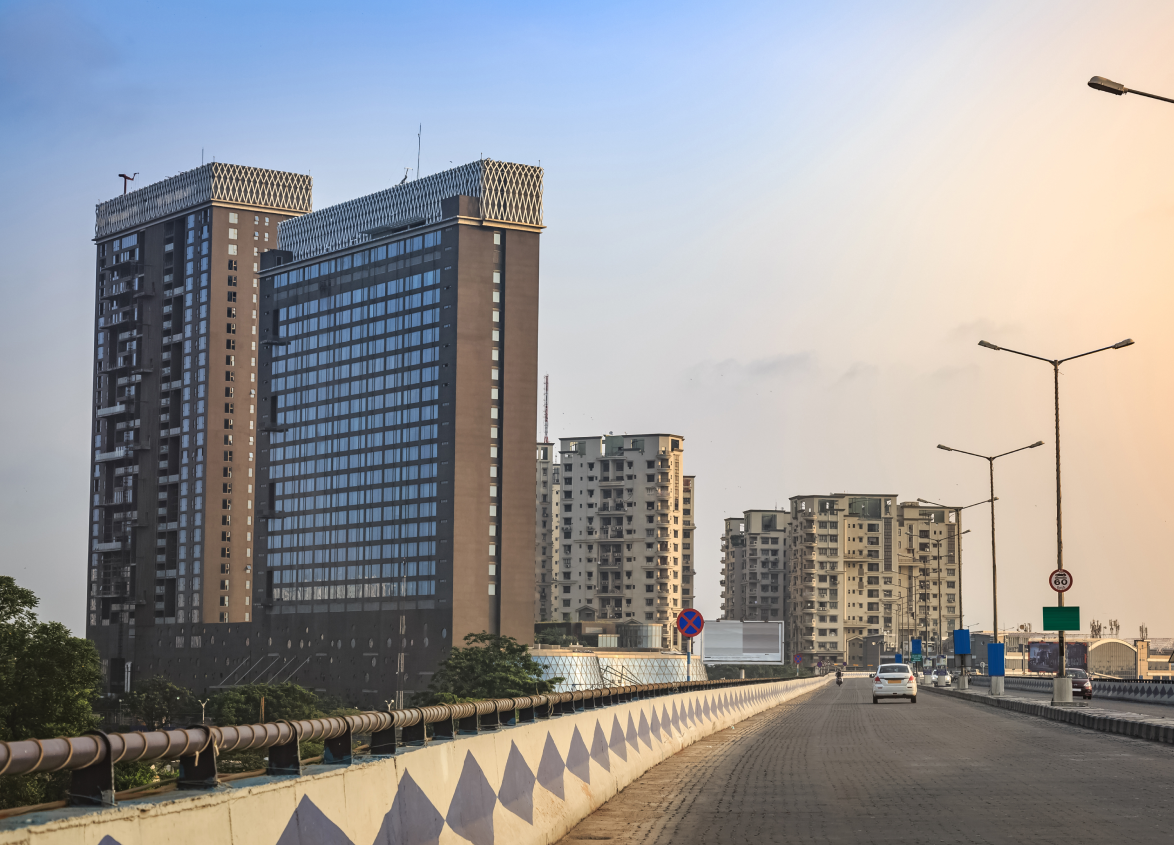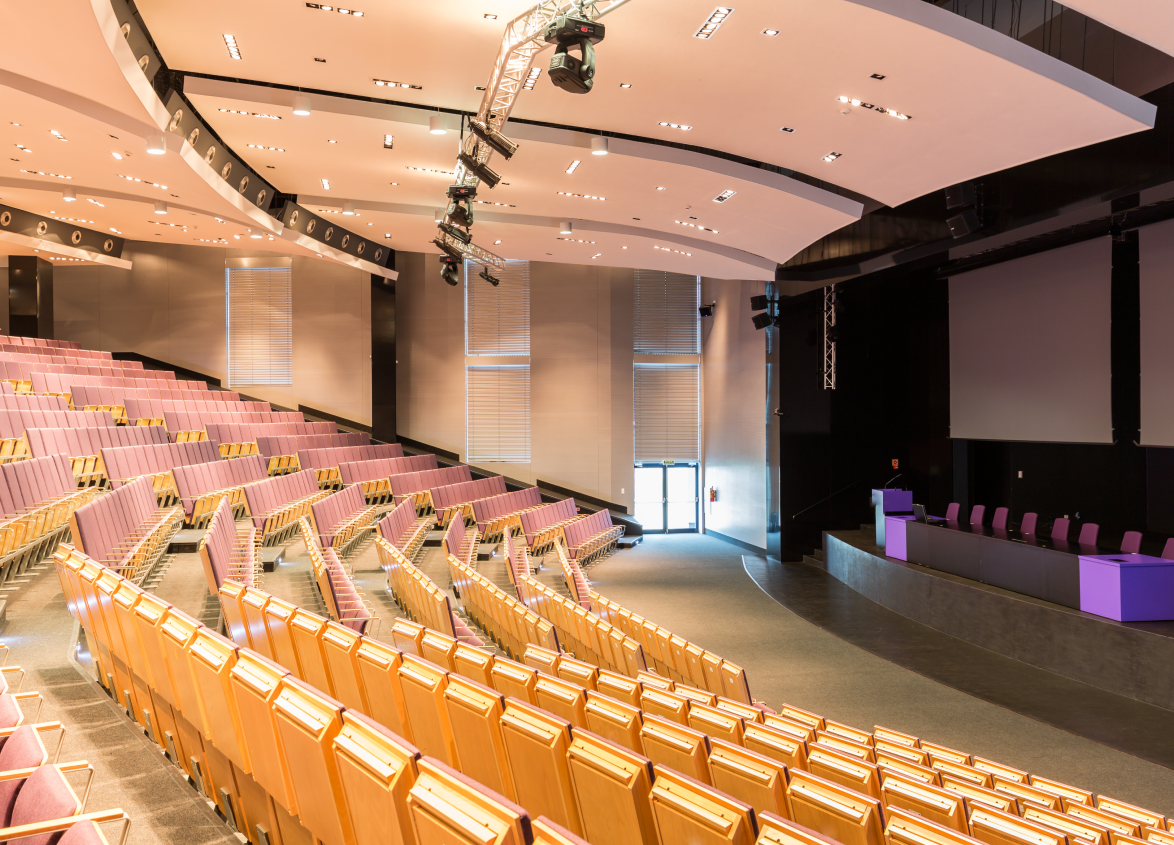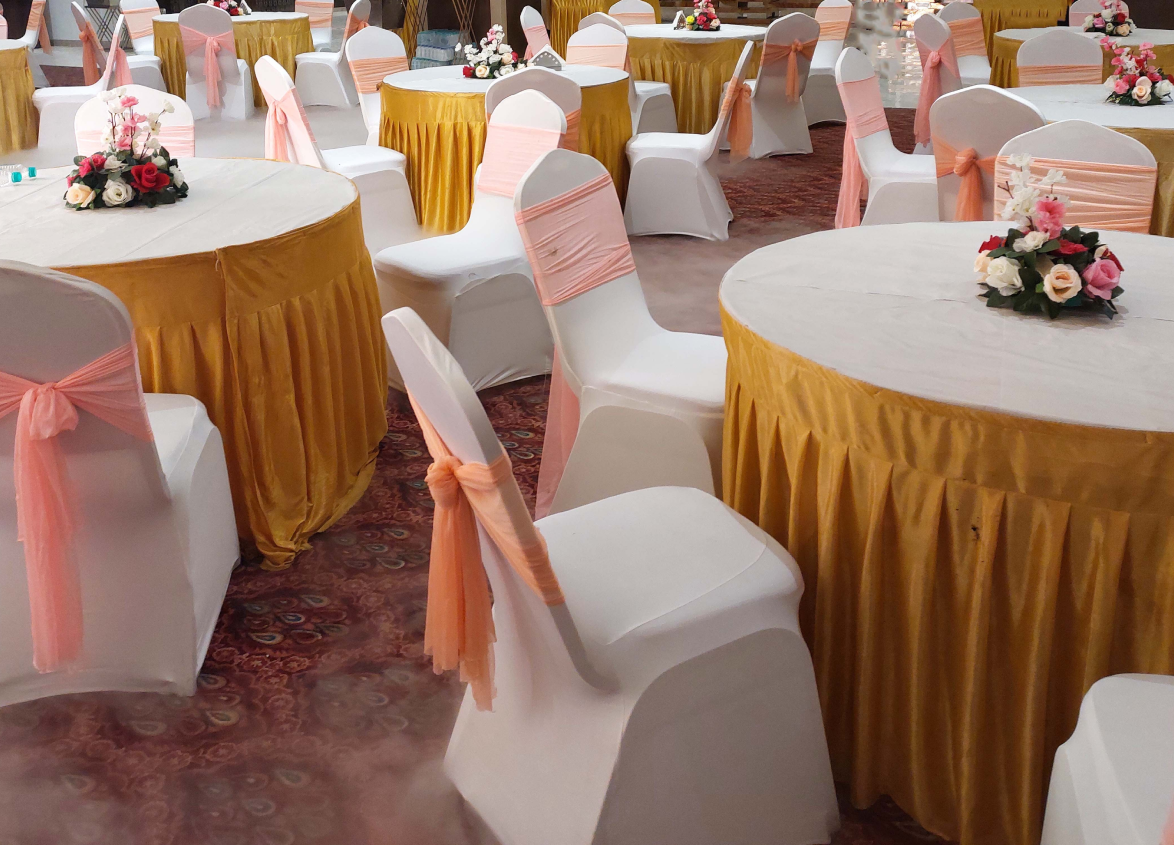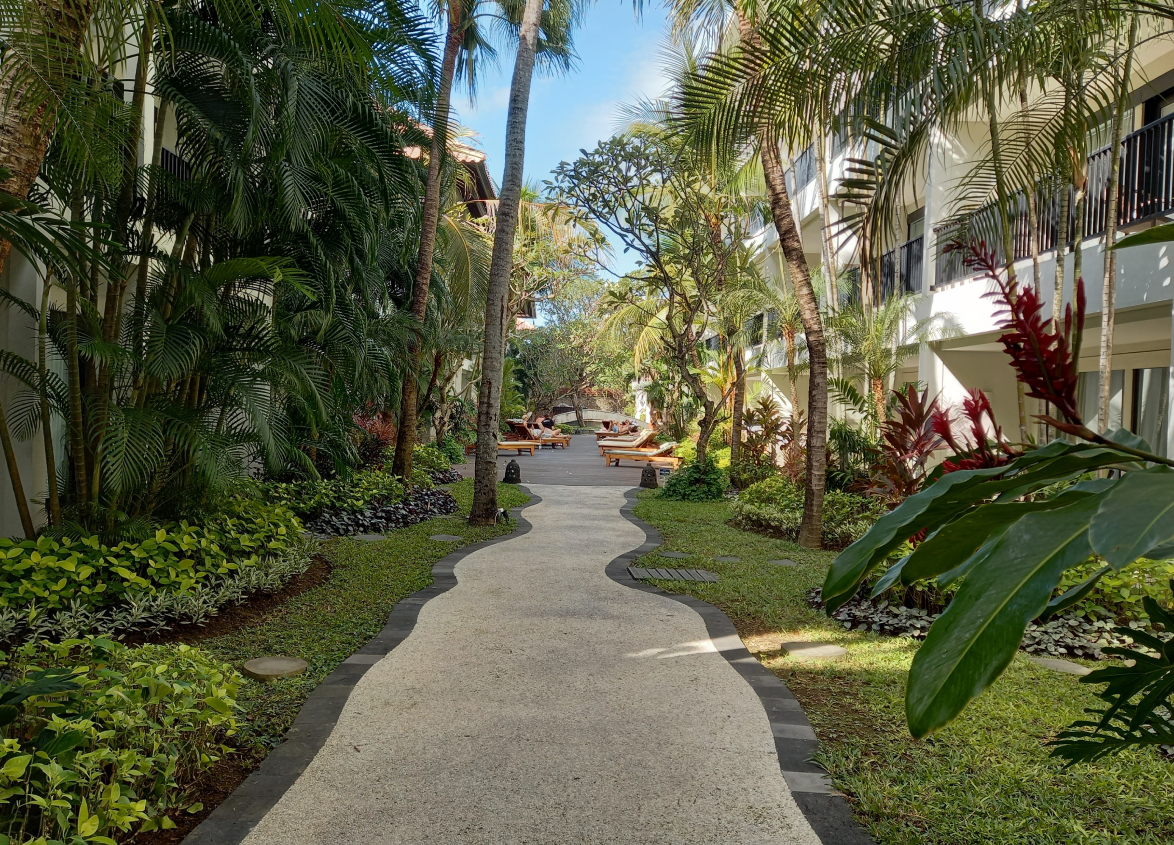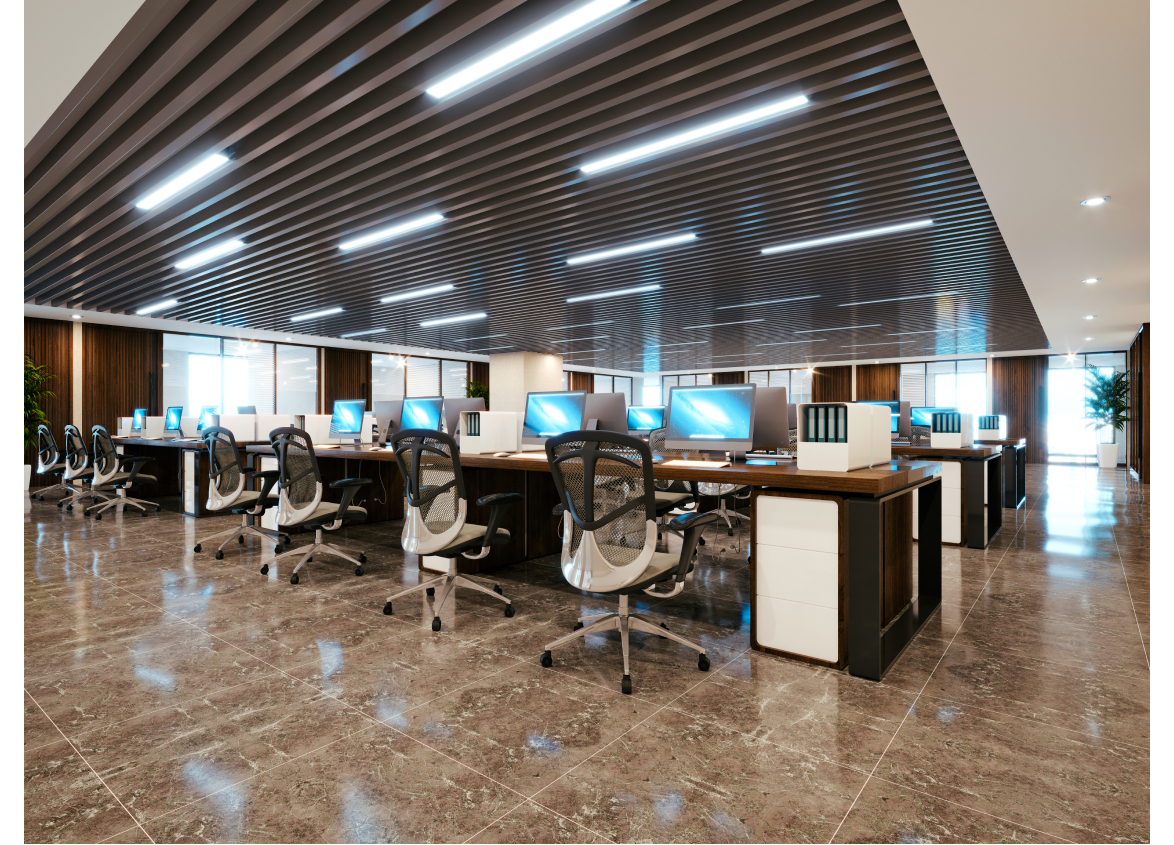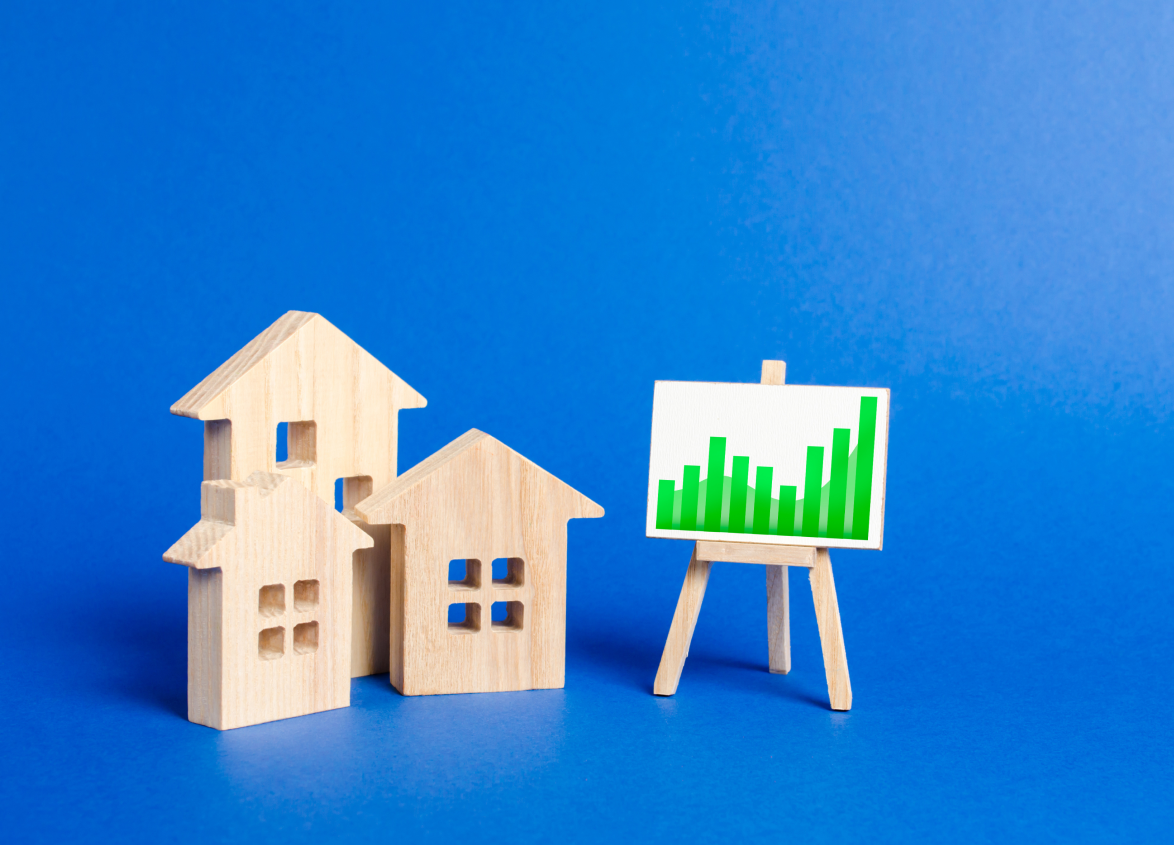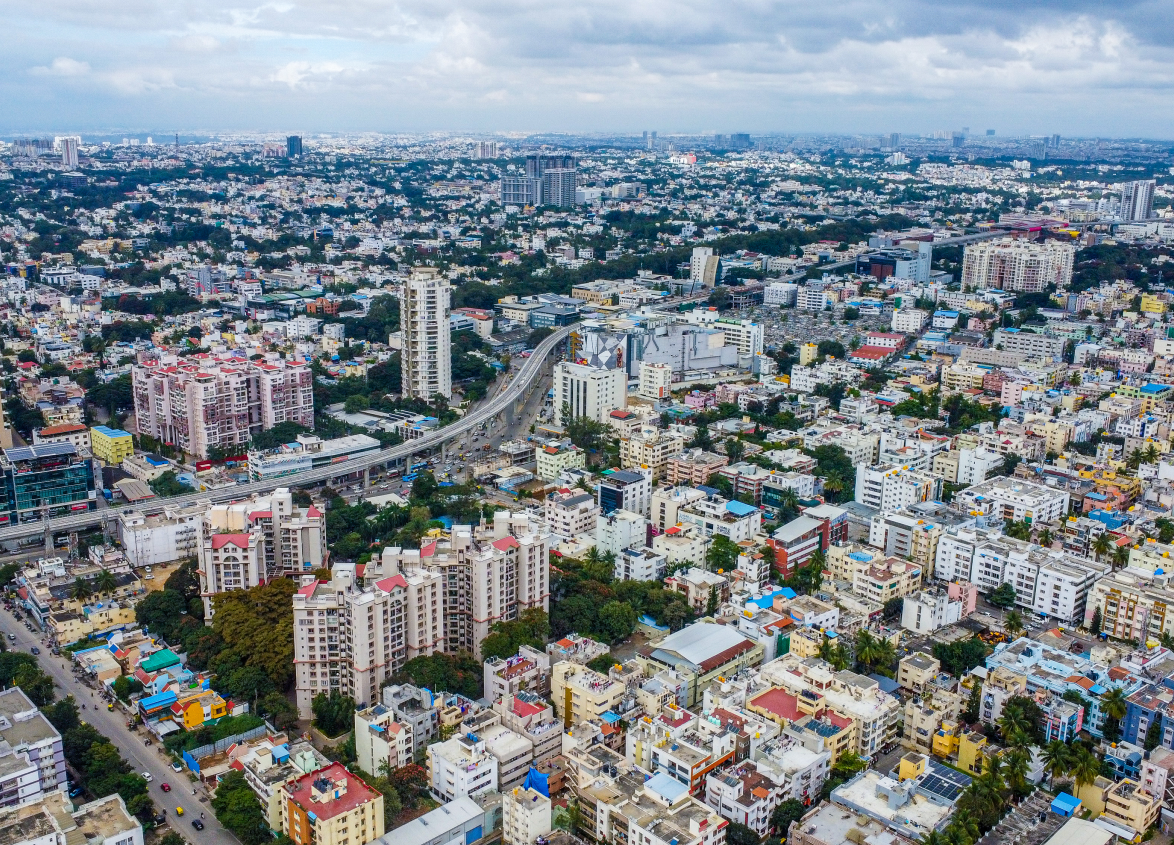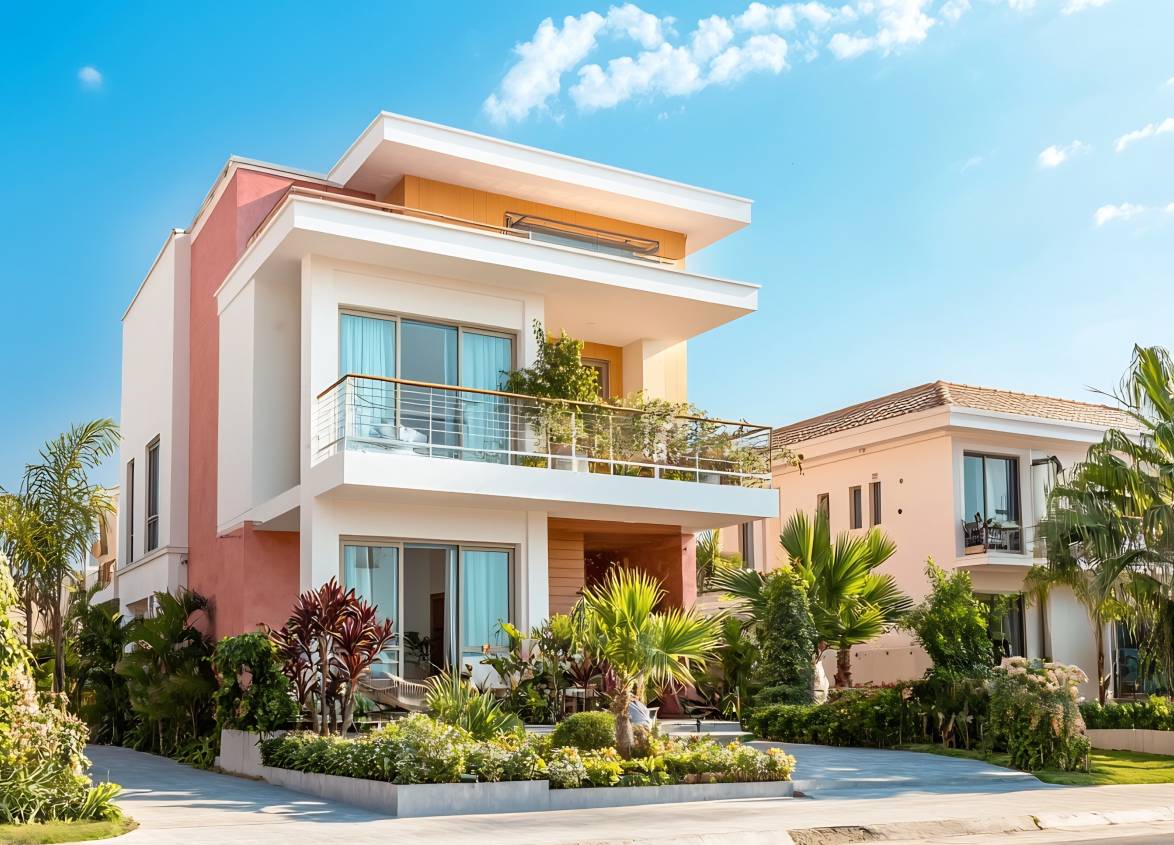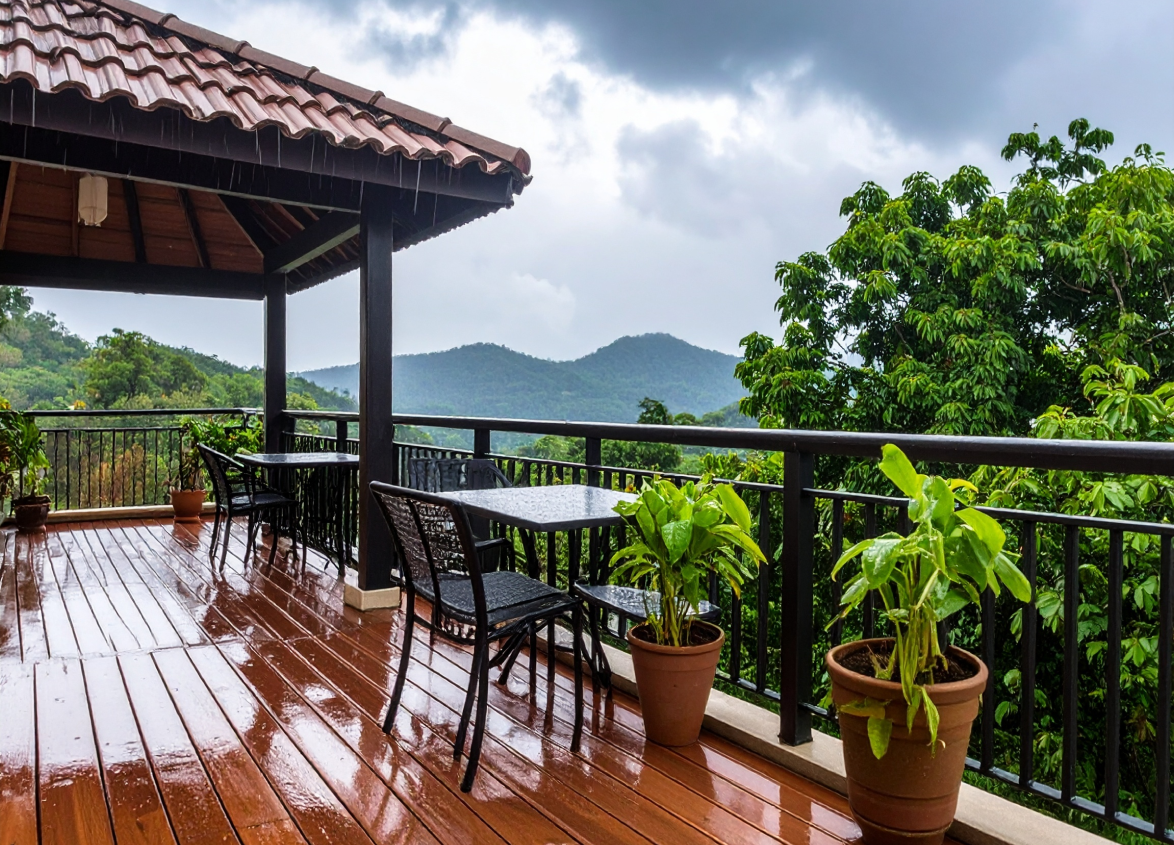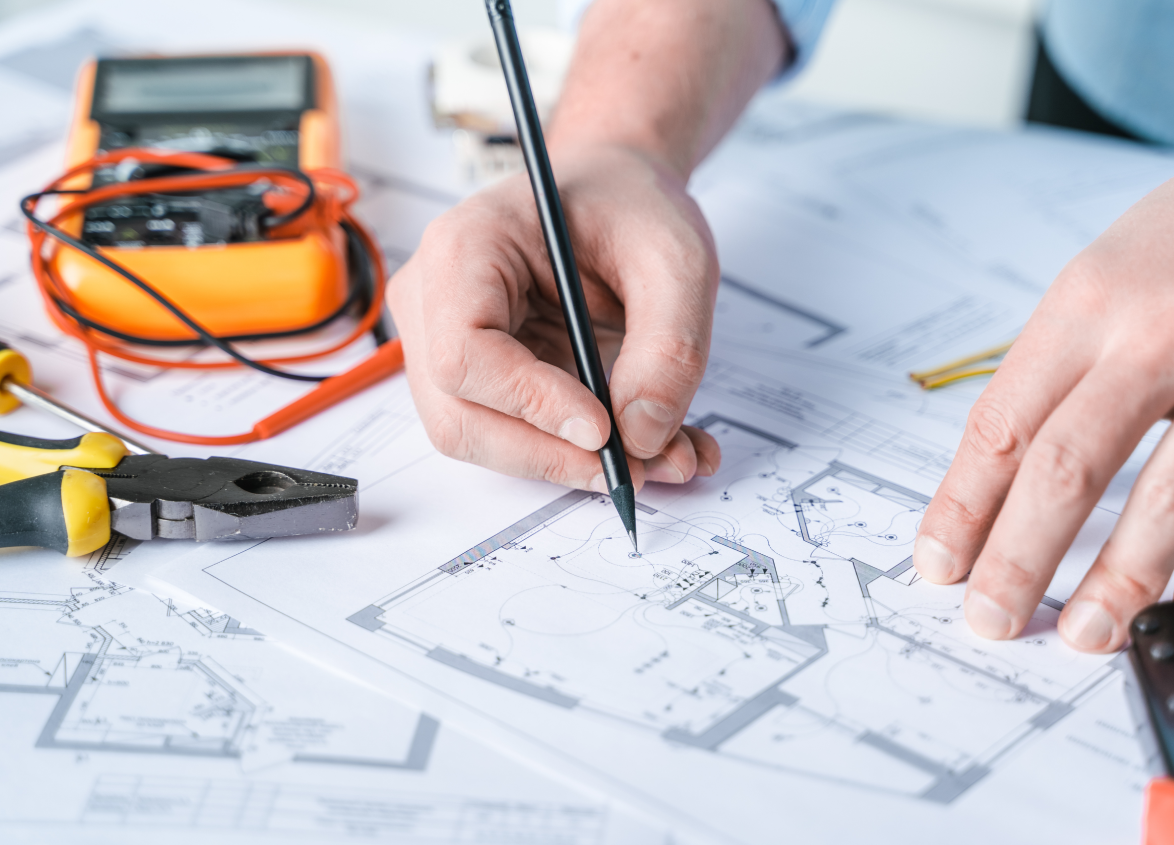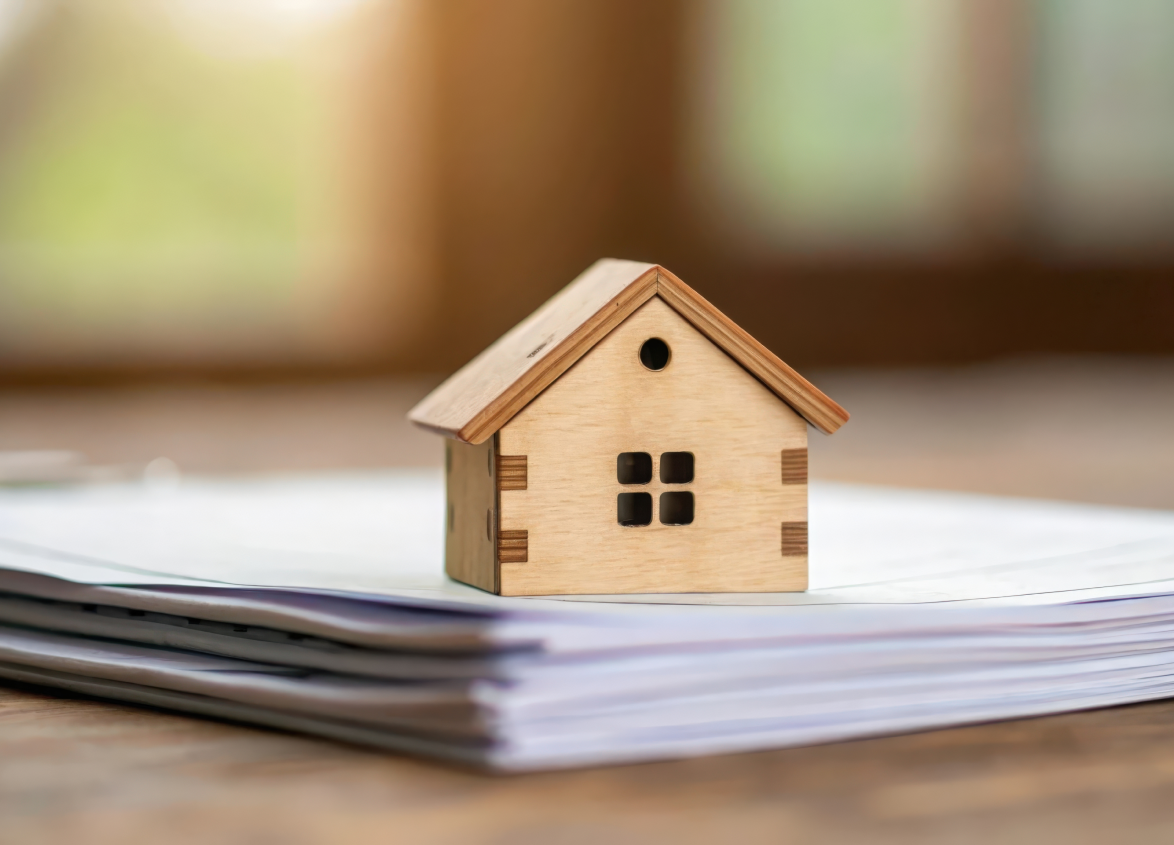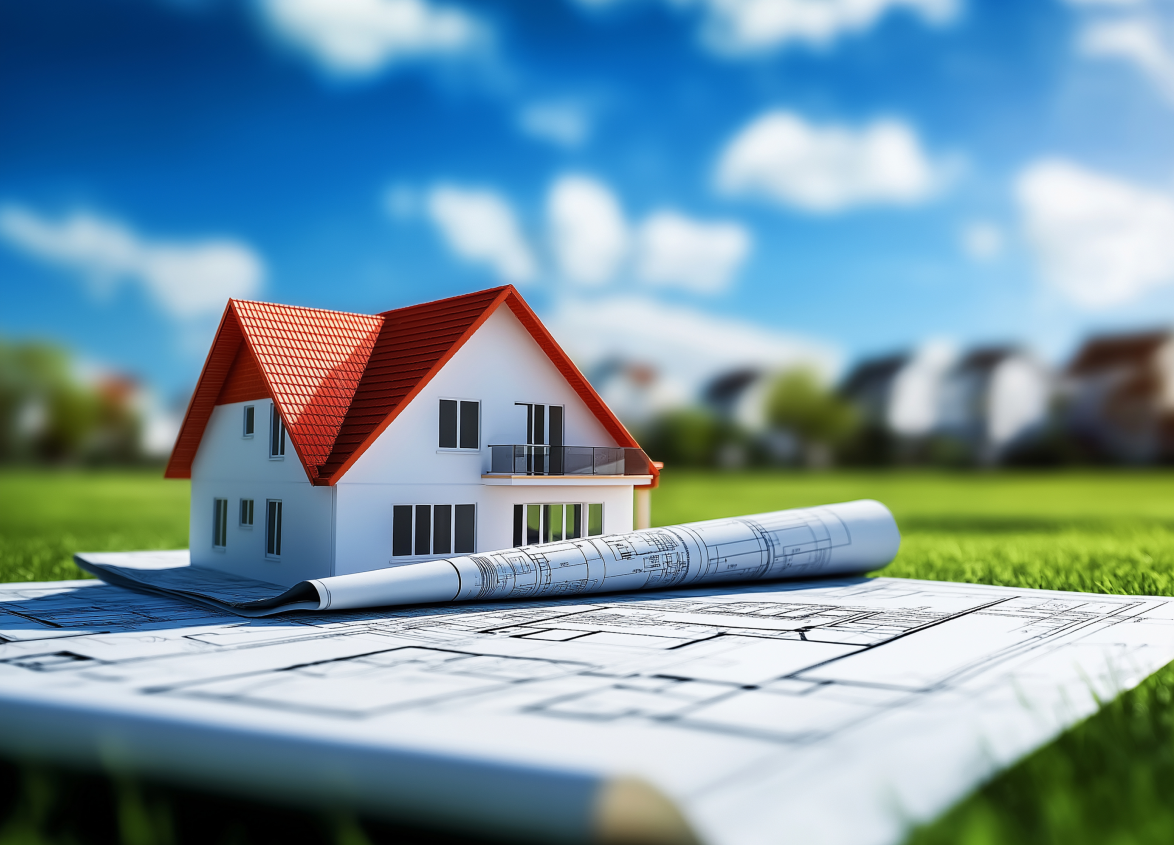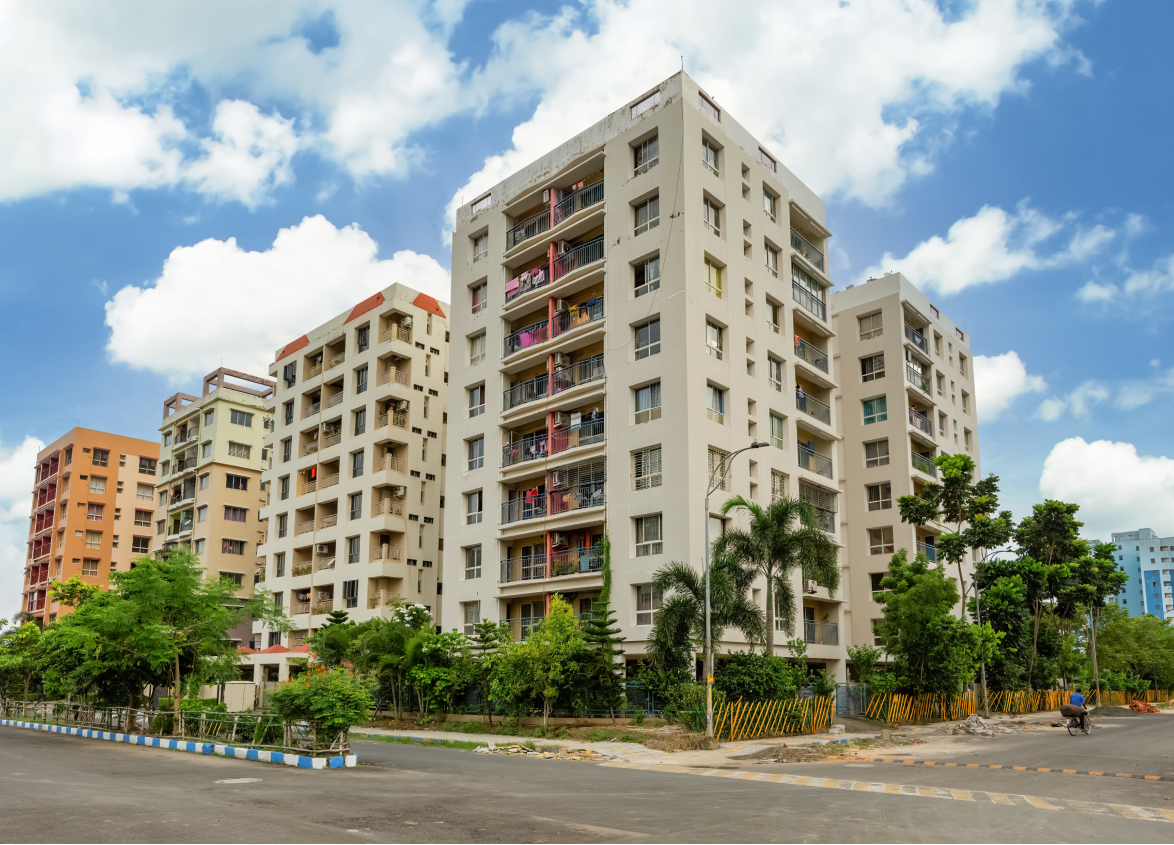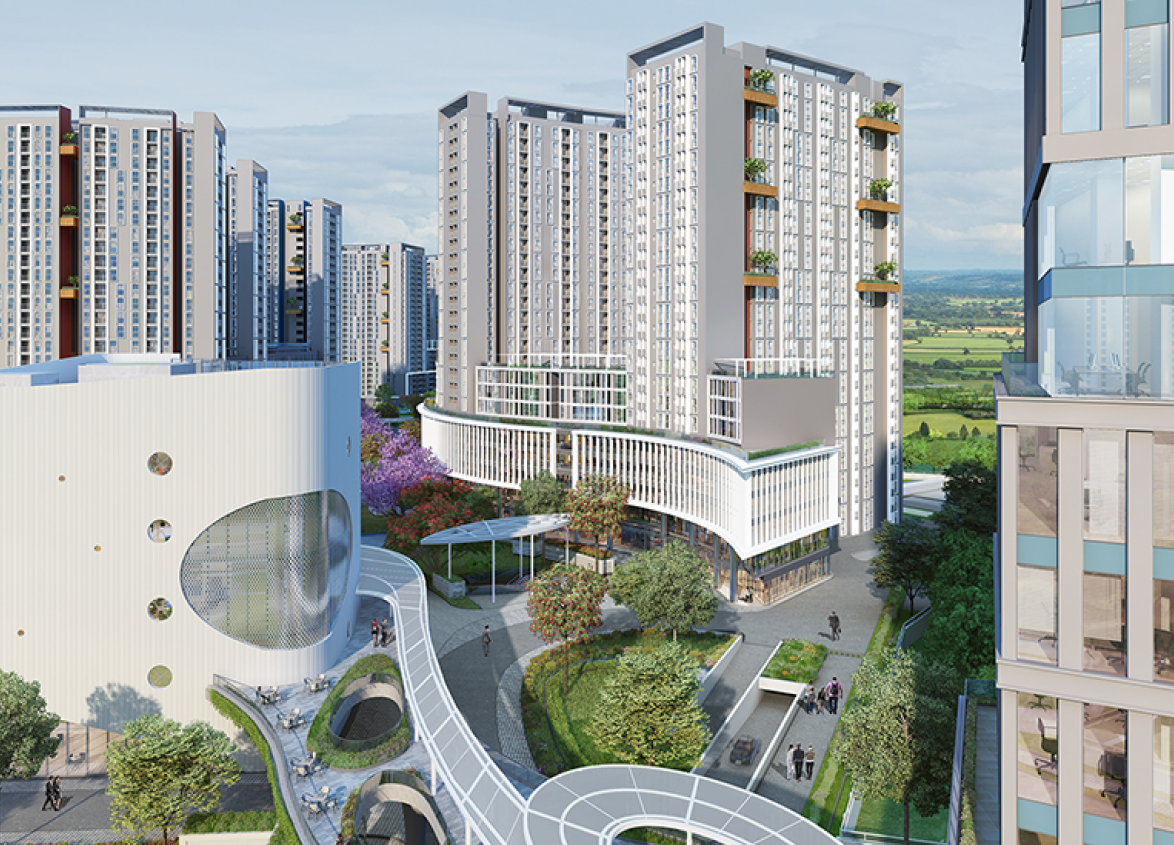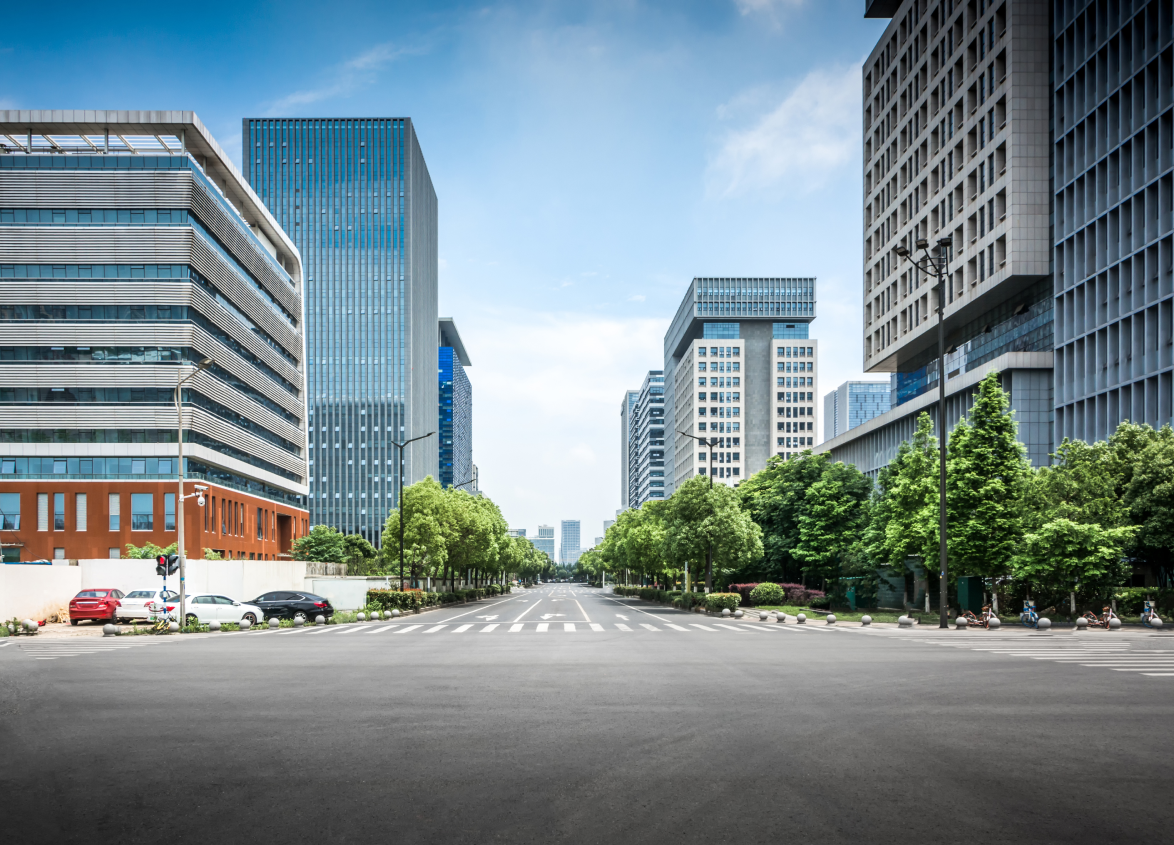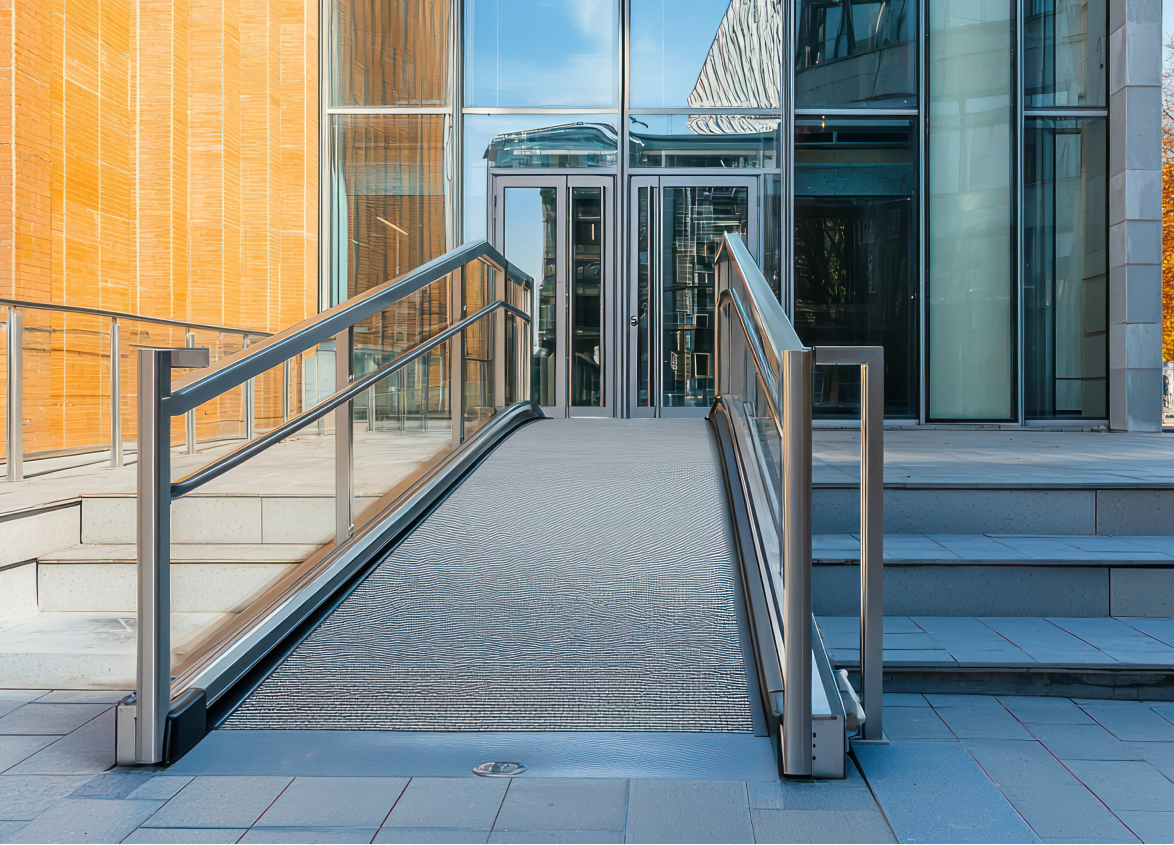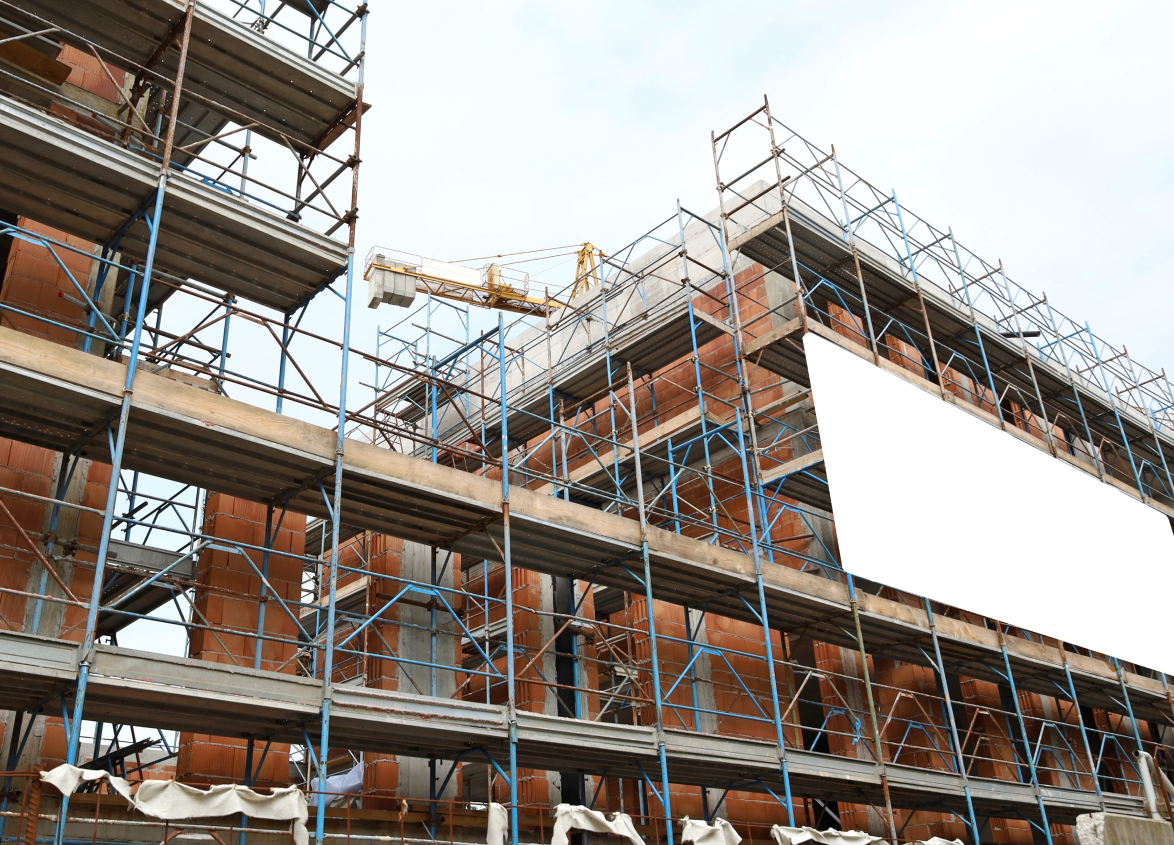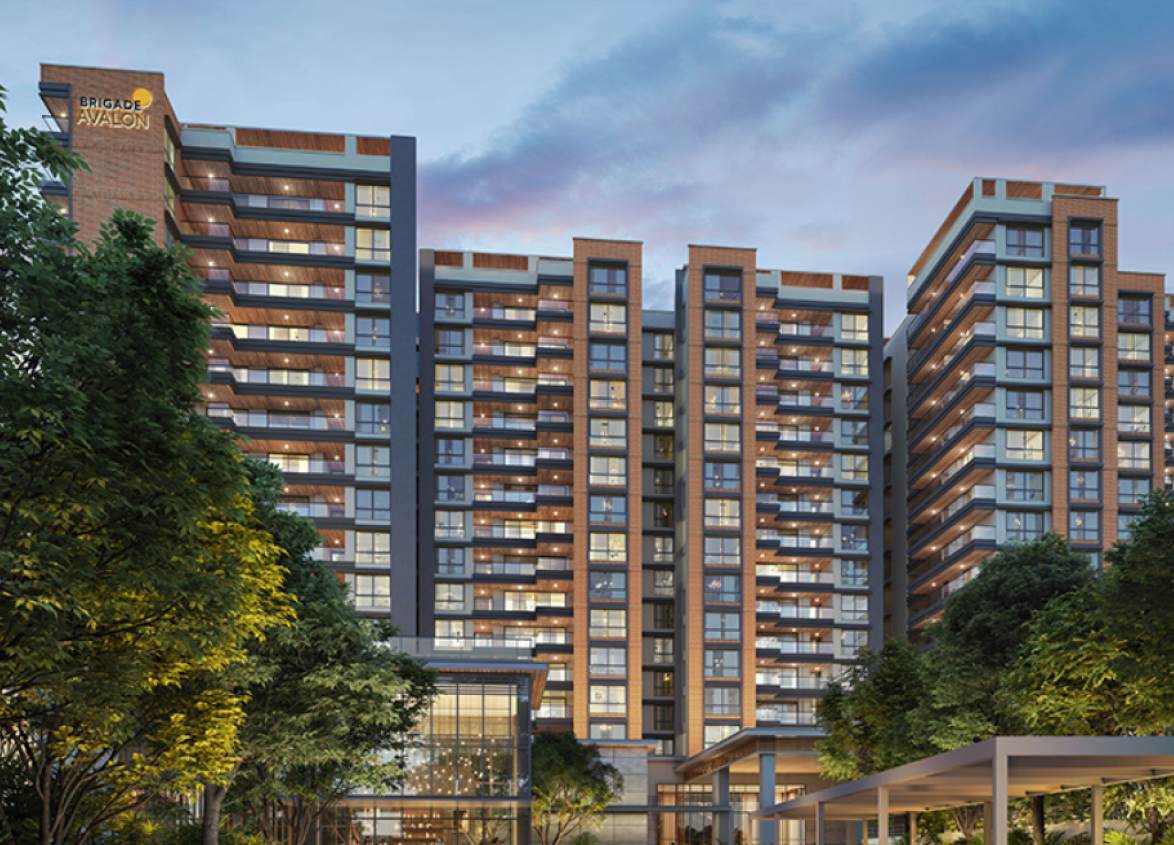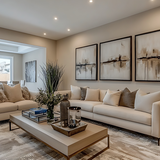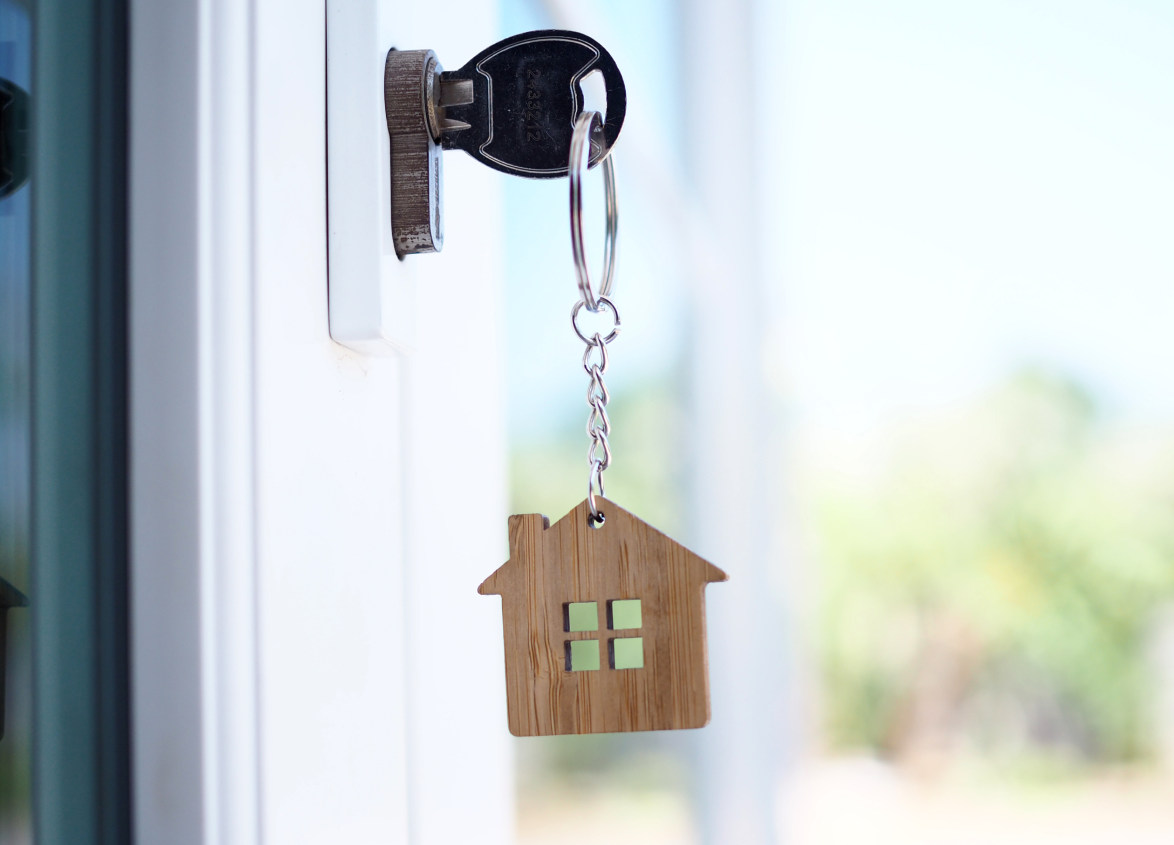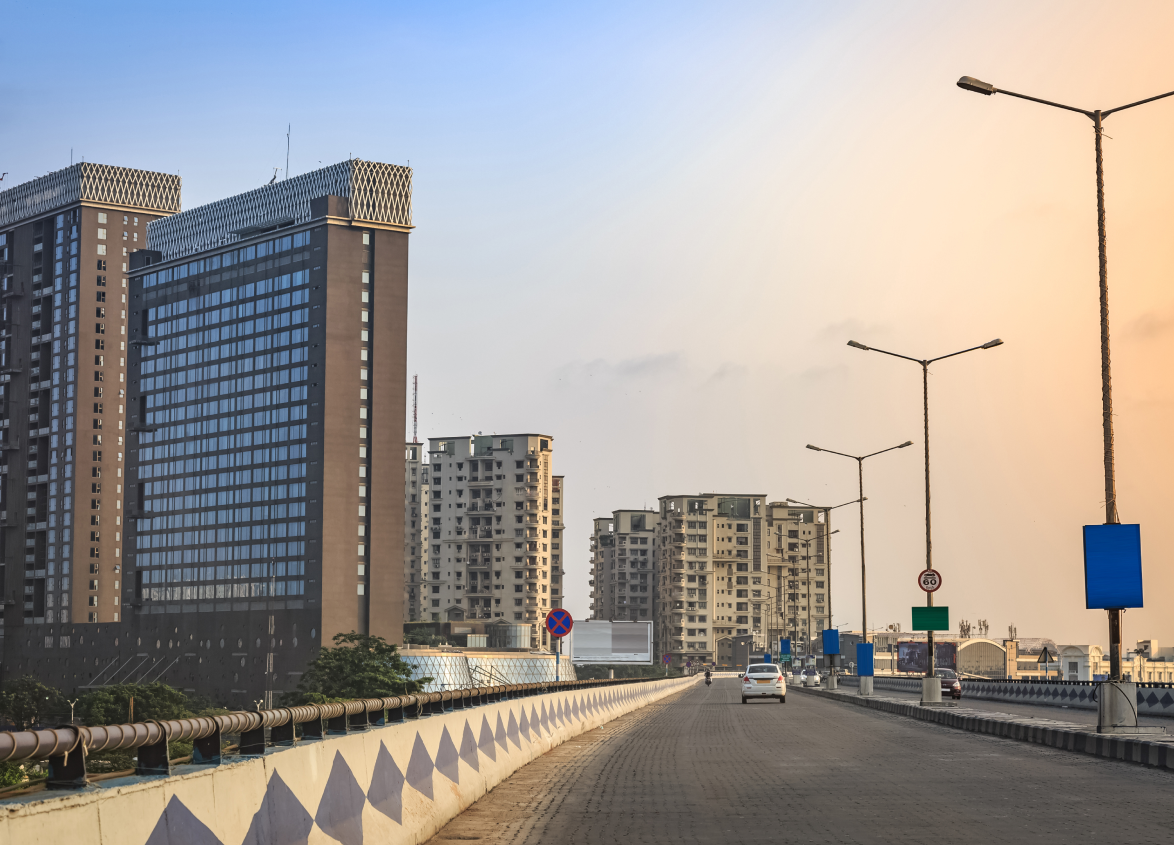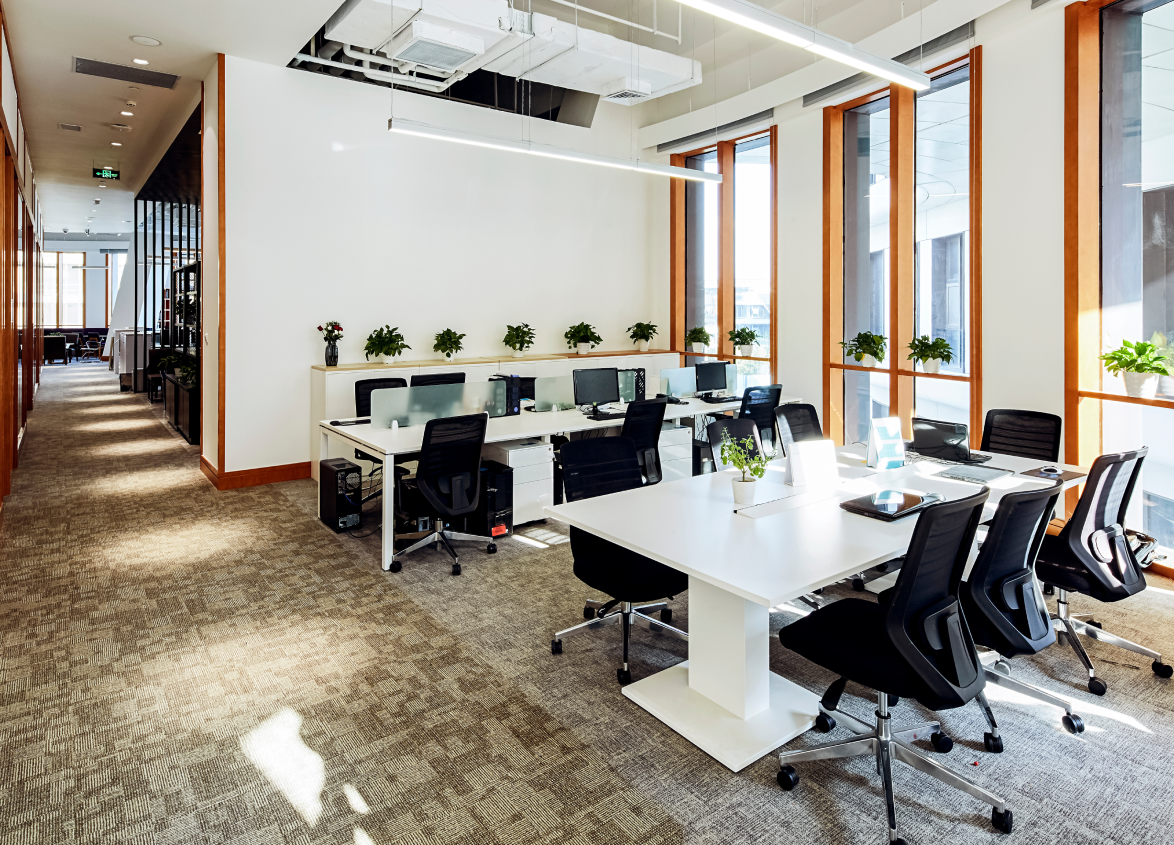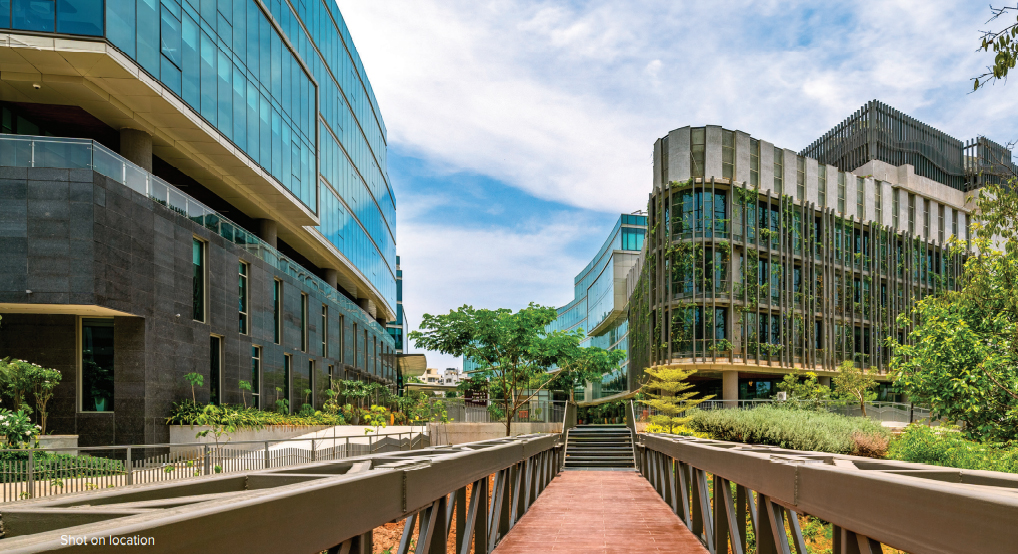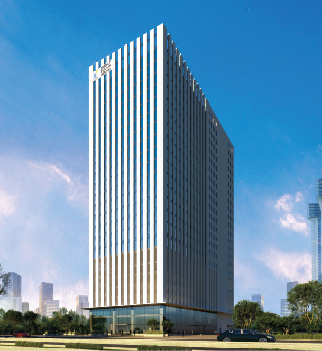
Residential
Plot Area vs Built-up Area: Don’t Let the Jargon Confuse You
August 28, 2025
When you step into the world of property buying in India, you’re bound to encounter a flood of unfamiliar terms. Among the most common and most confusing are plot area vs built-up area. These two measurements have a direct impact on what you’re paying for, how much space you’ll actually use and the future value of your investment.
For many first-time buyers, these terms blur into one. But understanding the difference between plot area and built-up area is essential, especially in a market where transparency is increasing under RERA guidelines. This clarity will help you compare properties fairly, negotiate effectively and make an informed choice.
What is Plot Area?
The plot area refers to the total piece of land you own or are entitled to as per the property deed. It includes every square foot of the land parcel, from the ground covered by the building to open spaces like gardens, driveways and setbacks.
For independent houses or villas, plot area directly determines how much you can construct under local zoning laws. For apartment complexes, it’s the proportionate share of the total land on which the building stands.
Example:
If you buy a villa on a 2,000 sq. ft. plot, that figure includes both your home’s footprint and any open space within the property boundaries.
What is Built-up Area?
The built-up area is the total floor area of the property, including the carpet area (the usable space inside your walls) plus the thickness of internal and external walls and other covered spaces like balconies, utility areas and terraces (if enclosed).
This number is always larger than the carpet area because it factors in structural elements and certain semi-covered spaces.
Example:
If your carpet area is 1,000 sq. ft. and walls take up 150 sq. ft., plus another 100 sq. ft. of balcony, your built-up area would be 1,250 sq. ft.
Differentiating Built-up from Carpet Area
While plot area applies more to land parcels and villas, apartment buyers are often quoted the built-up area. To make things more complex, there’s also the carpet area the actual usable floor space within the walls. Here’s how they compare:
| Area Type | What it Includes | Where it Applies |
|---|---|---|
| Carpet Area | Usable floor space inside the walls | Flats, villas, offices |
| Built-up Area | Carpet area + wall thickness + balconies/terraces (covered) | Flats, villas |
| Plot Area | Entire land parcel including building footprint and open space | Plots, villas, proportionate share in flats |
How Plot Area and Built-up Area are Connected?
In a standalone property, built-up area sits within the plot area, it’s the portion of the land that’s covered by the structure. The larger your plot area, the greater the potential built-up area you can have, subject to local planning norms.
In apartment complexes, the relationship is less direct. Buyers own a proportionate share of the plot area, but the built-up area is based on their specific unit’s layout and design. Developers often use this distinction to comply with zoning regulations while maximising saleable space.
Understanding Floor Space Index (FSI) and Floor Area Ratio (FAR)
The Floor Space Index (FSI), also known as Floor Area Ratio (FAR), is a crucial link between plot area and built-up area. It dictates how much you can construct on a given plot.
Formula:
FAR = (Total permissible built-up area on all floors) ÷ (Plot area)
For example, if the FAR is 2 and your plot area is 1,500 sq. ft., you can construct up to 3,000 sq. ft. of built-up space in total (across multiple floors).
FSI/FAR values vary by location, road width, building type and zoning laws. In cities like Bengaluru, prime localities may allow higher FAR for commercial developments, while residential zones maintain lower limits to preserve liveability.
Why This Distinction is Vital for Indian Homebuyers
Understanding the difference between plot area and built-up area ensures you’re not misled by sales figures. For instance, a large plot doesn’t always translate into a large usable home if local FAR is restrictive. Conversely, in high-FAR zones, you might get more floor space even on a smaller plot.
For apartment buyers, clarity on built-up area versus the carpet area ensures you know exactly how much space you’ll be living in, not just paying for.
RERA now mandates developers to disclose carpet area for transparency, but built-up and super built-up figures are still widely used in marketing, so it pays to understand them.
Impact on Property Valuation and Pricing
Valuation depends heavily on which metric is being used.
- Land purchases are usually priced by plot area, as land is the appreciating asset.
- Flats are priced on super built-up area
- Villas may be priced on built-up area, but the underlying plot value remains a key driver.
If you’re comparing two properties, make sure you’re comparing the same type of area measurement. Otherwise, one may appear cheaper but actually offer less usable space.
In Brigade’s residential projects, for example, careful design ensures an optimal carpet-to-built-up ratio, so buyers get more functional space relative to the total they pay for.
What is Super Built-up Area?
Super built-up area takes built-up area and adds a proportionate share of common areas like lobbies, lifts, corridors and clubhouses. This figure is often used by developers to quote prices for flats.
Example:
If your built-up area is 1,200 sq. ft. and your share of common areas is 300 sq. ft., the super built-up area will be 1,500 sq. ft. and this is what your per sq. ft. rate is usually applied to.
RERA does not mandate quoting prices based on super built-up area, but it remains common practice in many markets.
FAQs
Q1. Which area should I focus on when buying a flat: carpet, built-up, or super built-up?
Carpet area is the most important for understanding actual usable space. Built-up and super built-up areas are useful for cost comparisons, but only carpet area tells you what you’ll physically live in.
Q2. How can I verify the FSI/FAR of a property?
You can check the sanctioned building plan at the local municipal authority or development control department. In cities like Bengaluru, the BBMP or BDA can provide this information.
Q3. Do RERA guidelines mandate the disclosure of all three areas?
No. RERA requires developers to disclose carpet area. Built-up and super built-up figures are optional, though many still provide them for marketing.
Q4. Does plot area matter when I'm buying a flat in an apartment complex?
Yes. While you don’t own the entire plot, you have a proportionate share in the land. This becomes relevant during redevelopment or in property valuation.
Q5. What's a good FSI/FAR value?
There’s no universal “good” value, it depends on location and property type. Higher FAR can mean more built-up area on a smaller plot, but may also indicate denser development.
MUST READ
Looking for something specific?
We'd be delighted to help you.




